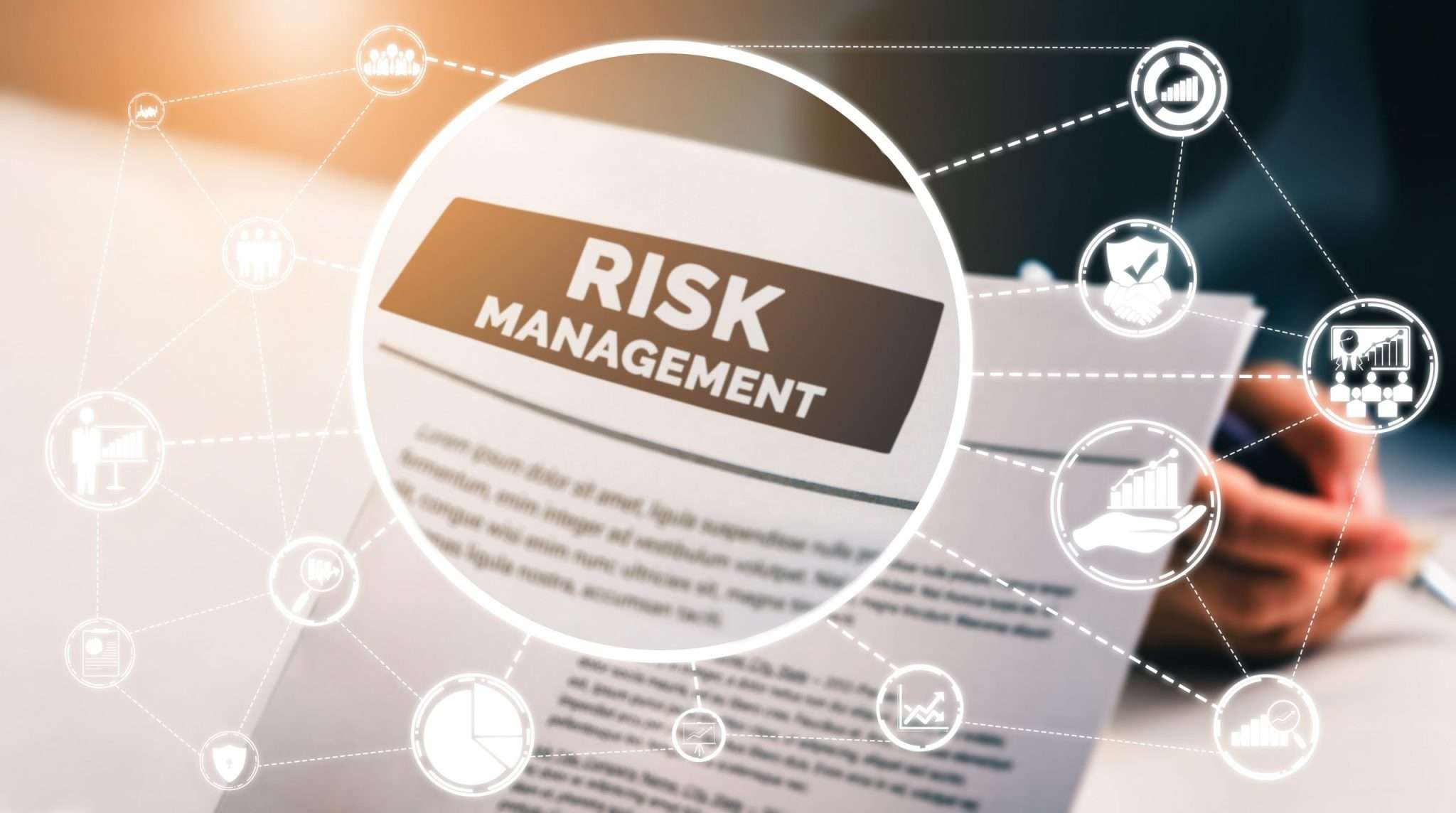Category: Blog
Today’s world is an ever-changing scenario with changes to the technology sector happening more frequently than ever due to emerging technologies. The case is quite similar in the field of Cyber Security. There are a few industry-acclaimed cybersecurity standards for governing the processes and execution of these standards. These standards are usually built upon a […]
June 8, 2020
A risk management program allows you to manage overall information security risk. It is an approach to identify, quantify, mitigate, and monitor risks. The reason to look at risk in a comprehensive manner is to make sure no one area is getting too much attention or, too little. Frameworks also help you identify the bigger […]
May 10, 2020


